Your logo is the face of your company. It introduces your brand, provides customers with an idea of your brand’s personality, and gives them a visual to recognize and connect to.
For all these reasons, a well-designed logo can contribute to business success, while a substandard logo can have the opposite effect. But what type of logo is most suitable for your business?
There are a number of things to consider when choosing a logo, such as font, layout, images, color palette, etc. In this article, we explore five different types of logo design available, including:
- Wordmark
- Lettermark
- Abstract mark
- Pictorial mark
- Combination mark
1. Wordmarks
A wordmark is a logo that uses a brand name, such as Google, Disney, and Virgin. They’re most effective when your brand has a short and snappy name, one that is quite distinctive and easy to remember.
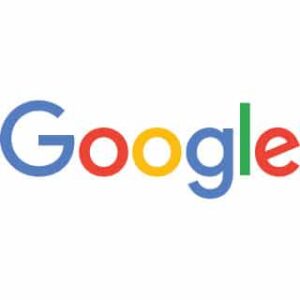
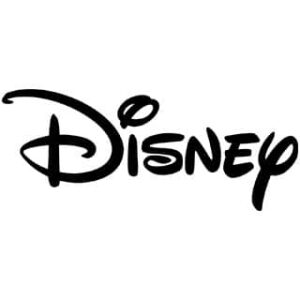
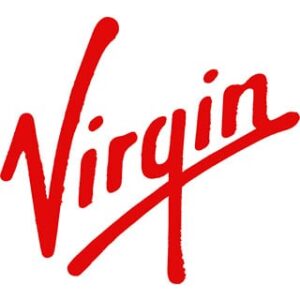
The brand name isn’t the only consideration. You’ll need to think carefully about typography. Because your logo is your brand’s name, it’s important that the font goes some way to capturing a sense of what your brand is all about.
For example, Calvin Klein uses an elegant font that feels premium, while the Virgin logo is more fun, playful, and cheeky.
When to use a wordmark logo:
- To create brand recognition, for example if you’re a new business
- If you have a short company name – a name that’s too long won’t work as a wordmark when the logo needs to fit into a small space
- If you have a memorable company name that customers won’t forget
Advantages of wordmark logos:
- They are easy to adapt across different types of marketing material because the design is in the lettering
- It’s clear to customers who you are straightaway
- You can make the most of a catchy brand name
2. Lettermark logos
Lettermarks, like wordmarks, are logos that are made up of letters, usually the initials of your brand. Well-known examples of this type of logo include ESPN, Louis Vuitton, and Procter & Gamble. Most brands use lettermark logos because their names are simply too long for wordmarks – imagine ESPN’s logo as “Entertainment and Sports Programming Network”. It just wouldn’t work.


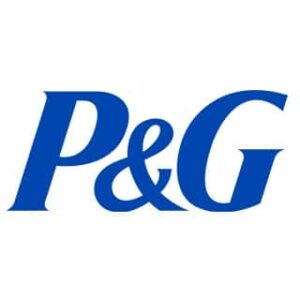
Lettermark logos – also called monogram logos – take their basis in simplicity and streamlining.
When to use lettermarks:
- To simplify your logo design if your brand has a long name
- To help customers remember your brand vs. having to remember a long name
Advantages of lettermark logos:
- Like wordmark logos, lettermarks are easy to adapt across marketing material and marketing channels
- They can help turn a long business name into a recognizable brand
- We are used to acronyms and use them constantly as consumers – think text and social media-speak like OMG, AMA, and DYK
Point to note: if you’re a new business or a start-up, you may want to add your full company name alongside your lettermark logo until your customers have built up an association between your brand name and your logo.
3. Abstract marks
An abstract mark is a graphic that conceptually represents your brand, as opposed to being a graphic of something you’d recognize. Think the Olympics, Microsoft, and Nike, brands which have all managed to condense their identity into a unique, widely-recognized symbol.



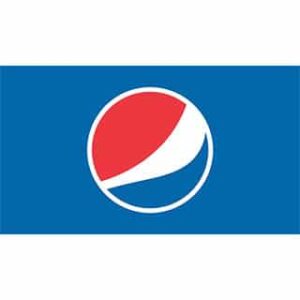
Using a symbol rather than a picture means you can express something specific and build meaning and an emotional connection to your brand. Think of the Pepsi logo, with its colors that remind us of the American flag, reminding us today of the company’s longevity and the American Dream.
When to use abstract marks
- If you are an international brand with a company name that might not work in translation
- If your company does a few different things or has a wide range of products or services
Advantages of abstract marks
- They are totally unique
- There’s a lot of creative scope to design a logo that expresses something about your brand you want customers to recognize
4. Logos as pictorial marks
A pictorial mark – also called a brand mark – is, like an abstract logo, a graphic-based symbol. The difference is that a pictorial mark is a recognizable, real-world image rather than something abstract, such as the Target, WWF, and Shell logos.





This type of logo is difficult for new companies or start-ups to use because they really require strong brand recognition. However, once you have that, these symbolic logo types can be extremely powerful.
If you’re going for a pictorial logo, our advice is to choose the image carefully as it could have broader implications that the ones you’re intending. Consider this especially carefully if you’re an international brand, as images can mean different things across borders. You could choose an image with an emotional connection like the WWF’s panda, something that explains what your company does like the YouTube video button, or it could be a play on your brand name, like John Deere.
When to use pictorial marks:
- If you have a well-established, recognized brand
- If you can convey what your business does in one image
- If you’re an international business whose brand name doesn’t translate well
Advantages of pictorial marks:
- With enough brand recognition a pictorial logo (and indeed an abstract logo) can become emblems
- Easy to remember, conveying a quick message to your audience
- Simple designs are easy to adapt across marketing channels
Point to note: Don’t choose an image that represents your brand now if you think it could change in the future, as you’ll render it obsolete or it won’t represent your brand correctly.
5. Combination marks
A combination mark is a logo that combines a word or lettermark with a pictorial or abstract mark, such as Puma, Mastercard, and Red Bull. The text and accompanying graphic can be designed in different ways, such as side-by-side, one on top of each other or merged together.
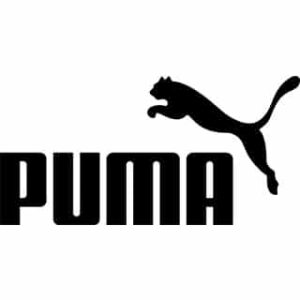
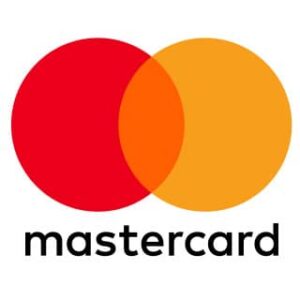
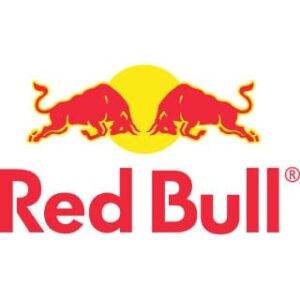
A combination mark provides a lot of flexibility and versatility, as the words and picture can work together to convey your brand values and identity. They reinforce your brand, driving recognition and brand association. Ultimately, you may even be able to eliminate the words when your brand recognition is there.
Also, because the combination of a symbol and text create a distinct image together, these logos are usually easier to trademark than a pictorial mark alone.
When to use a combination mark logo:
- Almost any brand can use this type of logo at any time, just because it’s so versatile
Advantages of a combination mark logo:
- Provide uniqueness
- You can use this type of logo to create a clear brand message that customers will remember
- They are easier to update if you go through a rebrand in the future




